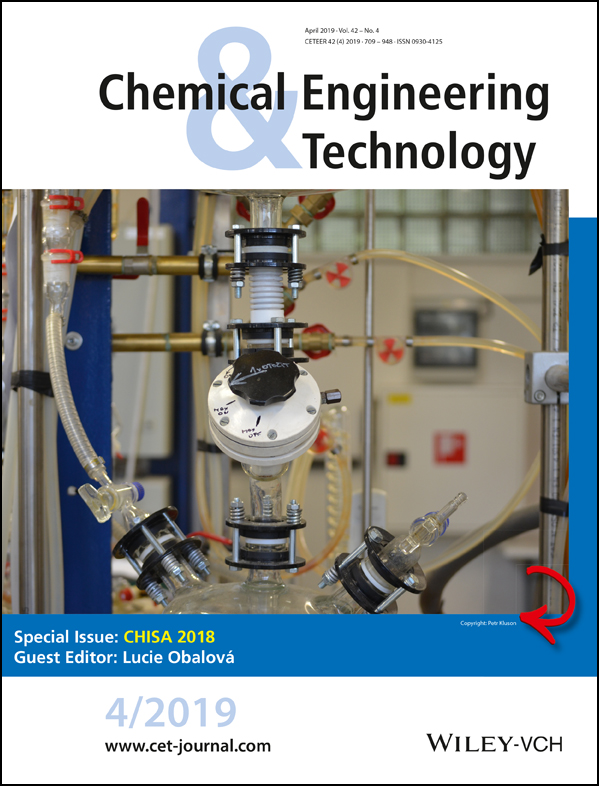Practical Application of the Probabilistic-Statistical Model of the Suspension Separation in Hydrocyclones
Abstract
An effective practical approach that allows not only a significant reduction in the scope of practical experiments in the course of studying suspension separation processes in hydrocyclones, but also makes it possible to assess the intensity of random components of the processes and define the interrelation between such components and hydrodynamics of flows in a hydrocyclone is presented. Within the frames of the developed probabilistic-statistical model of suspension separation in hydrocyclones on the basis of statistical self-similarity properties, a relationship was found between determined and random components of the processes. This allowed transitioning from three-parameter probability density functions for suspension particles in hydrocyclones to two-parameter functions; thus significantly improving the efficiency of practical application of the developed model.




